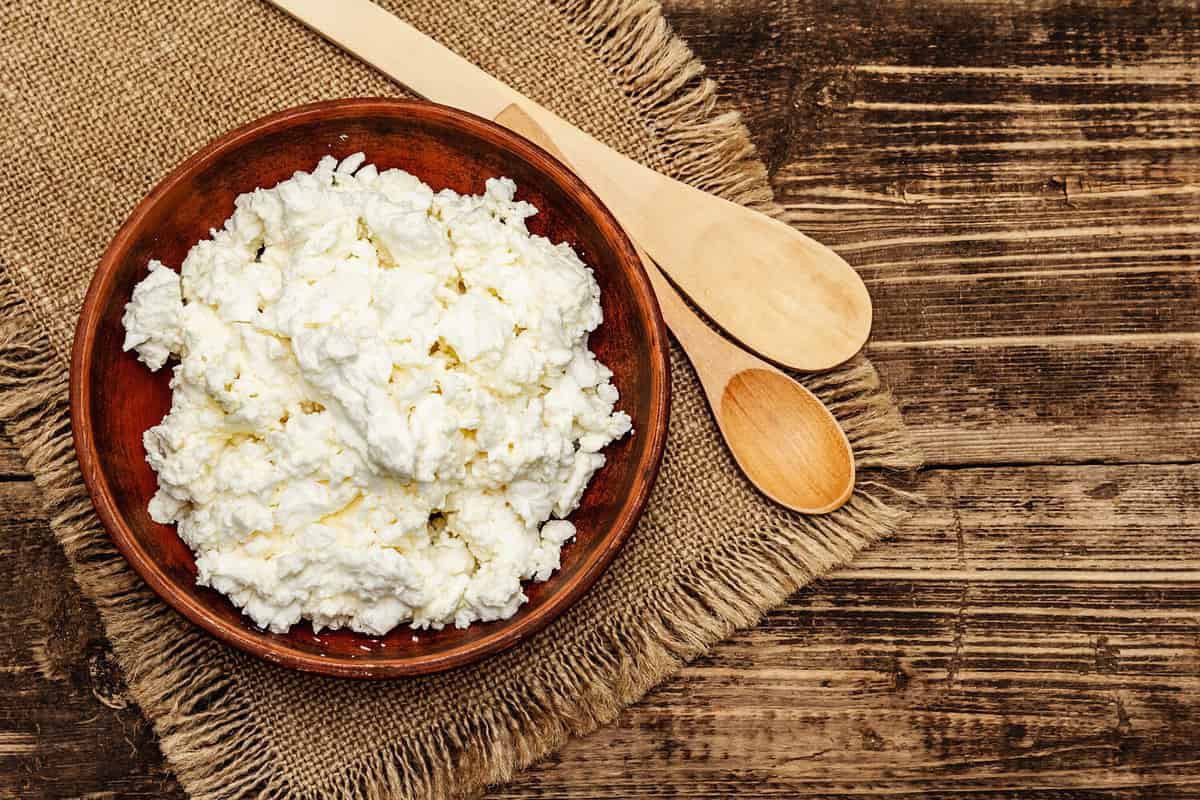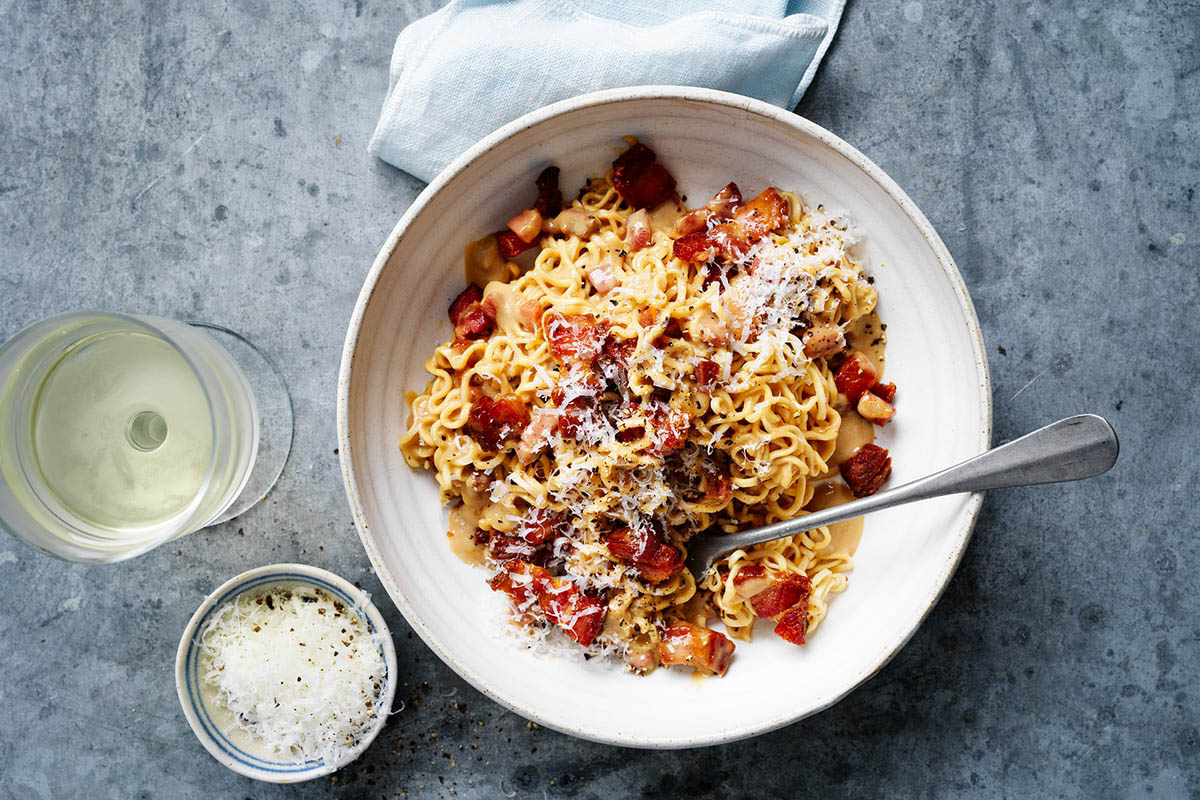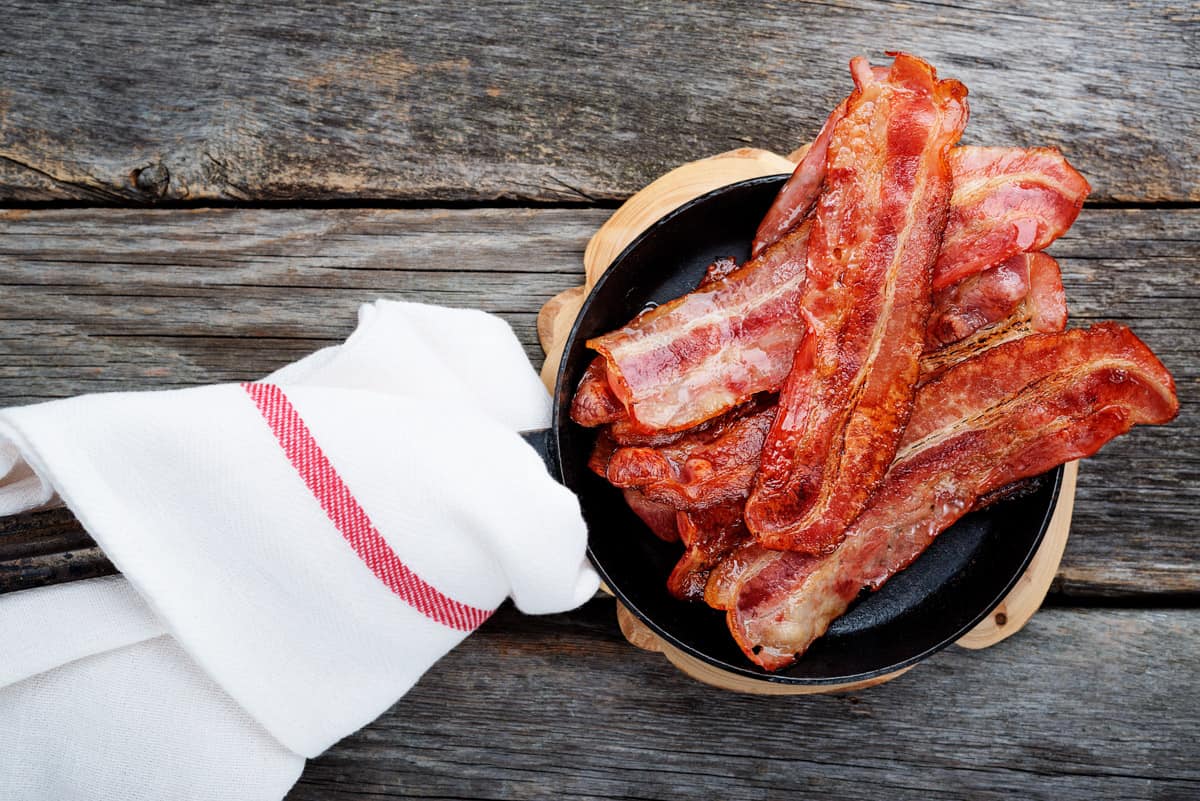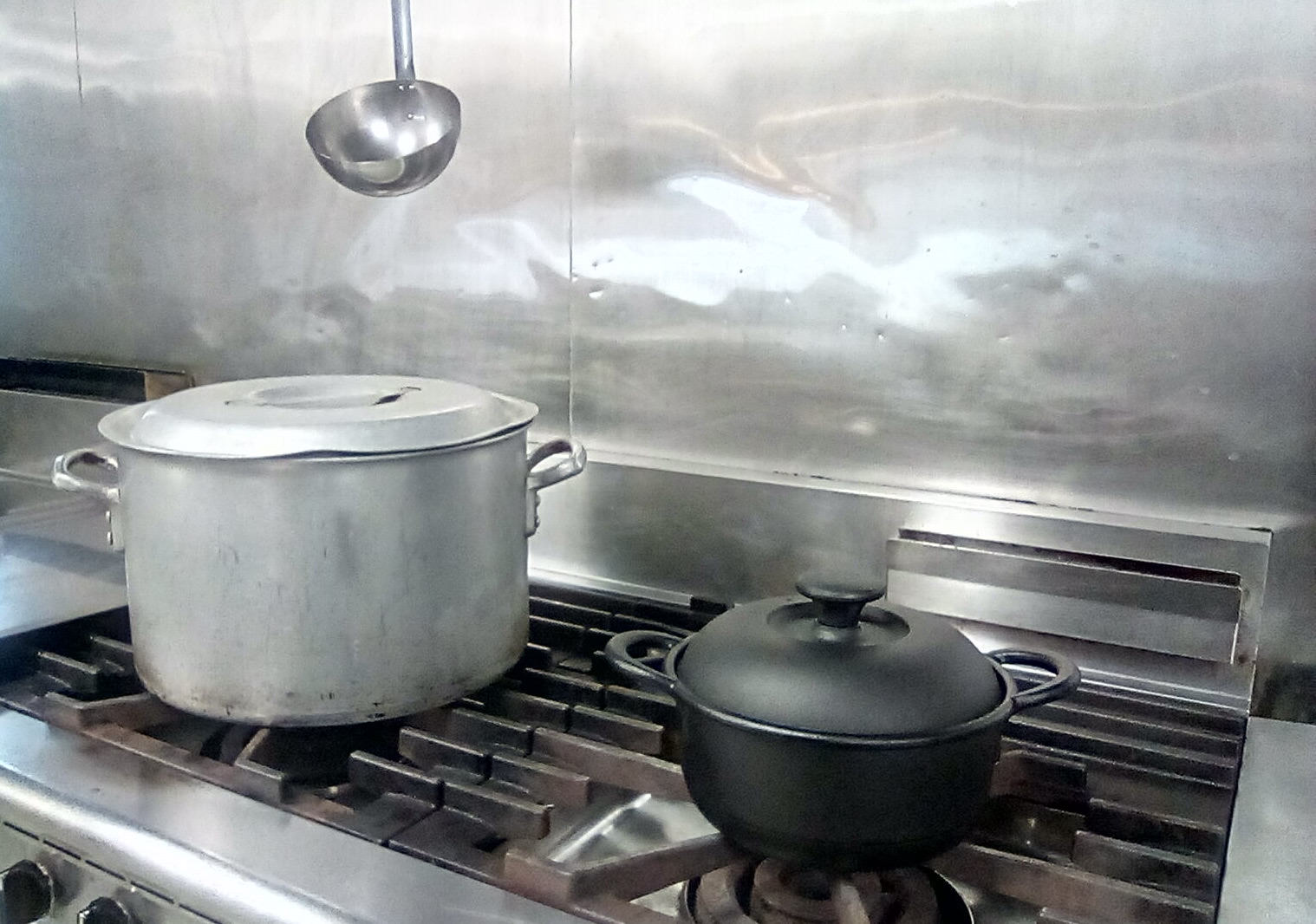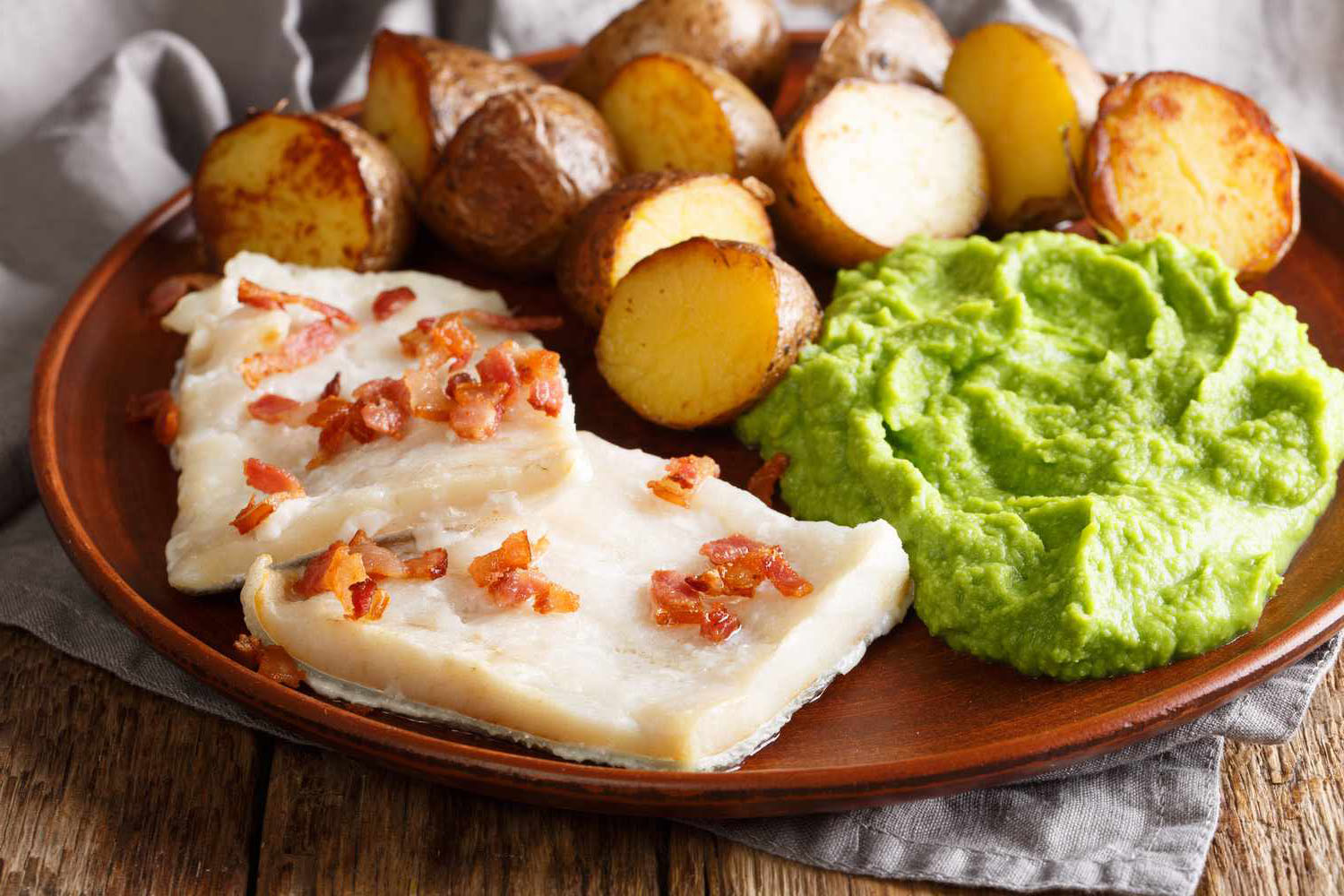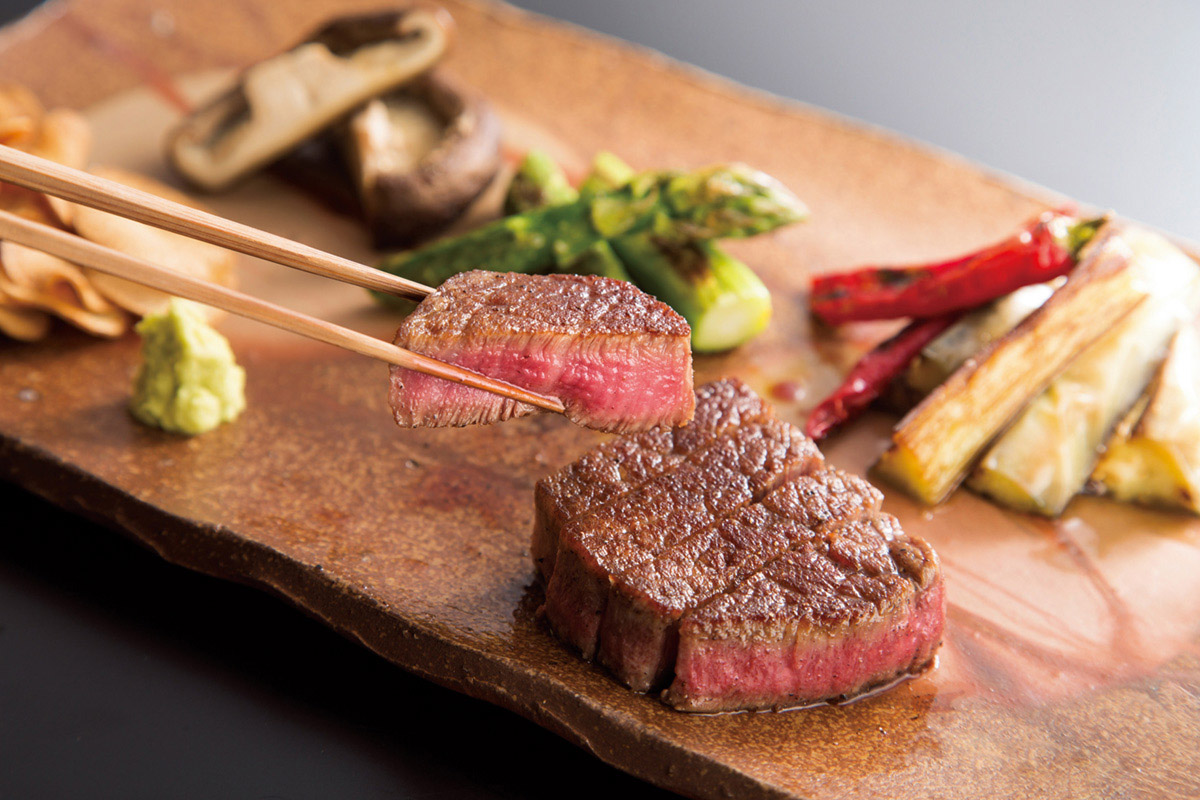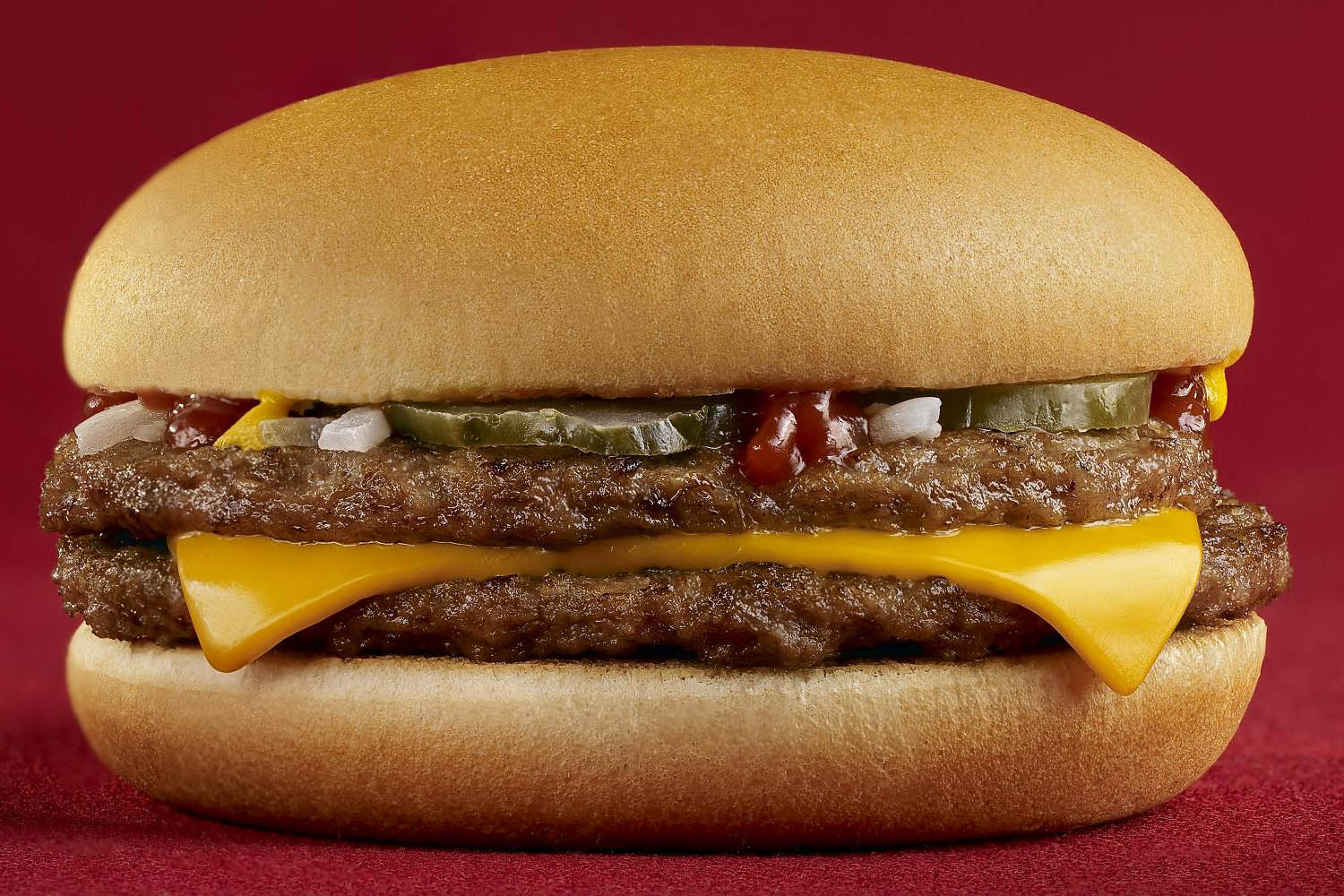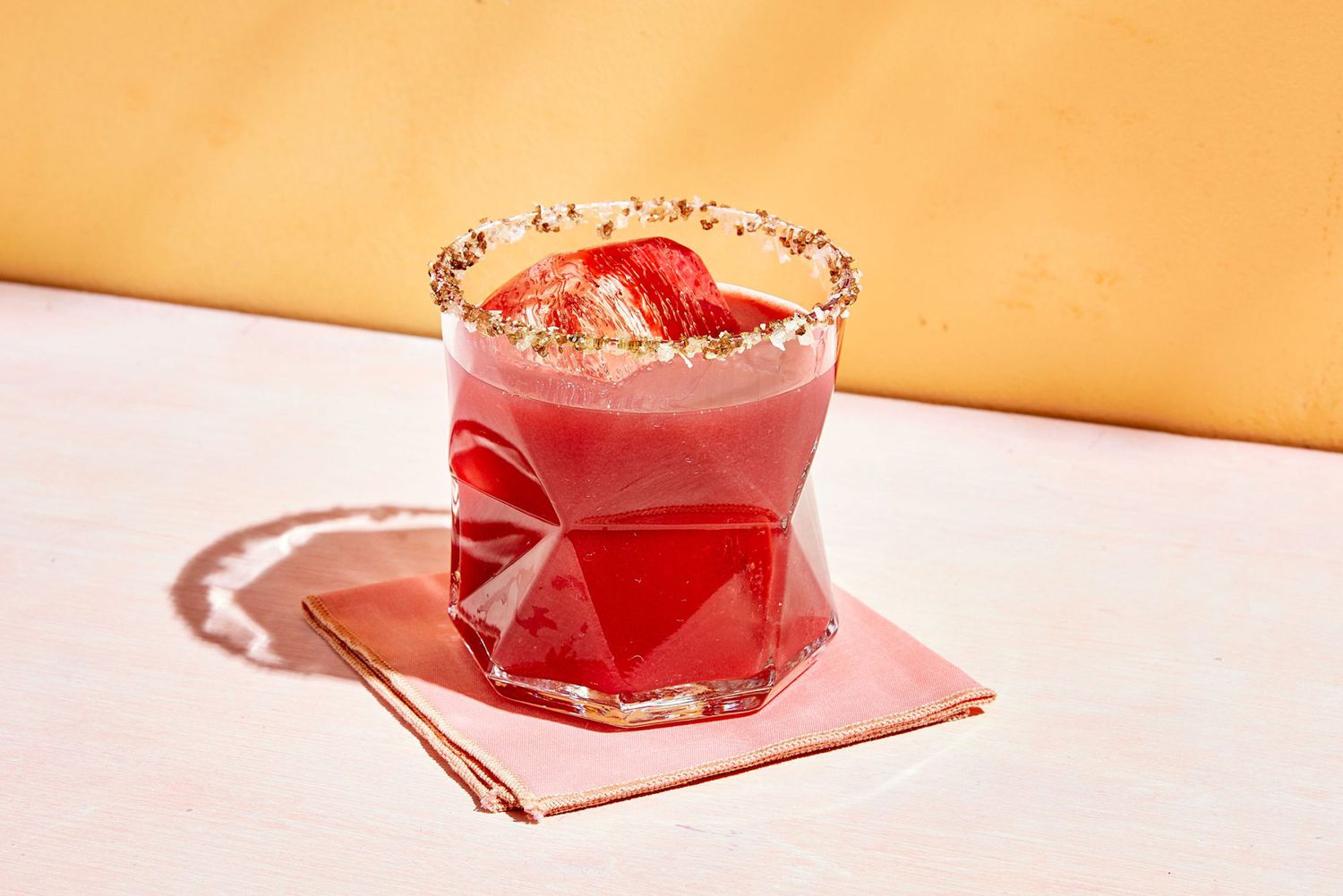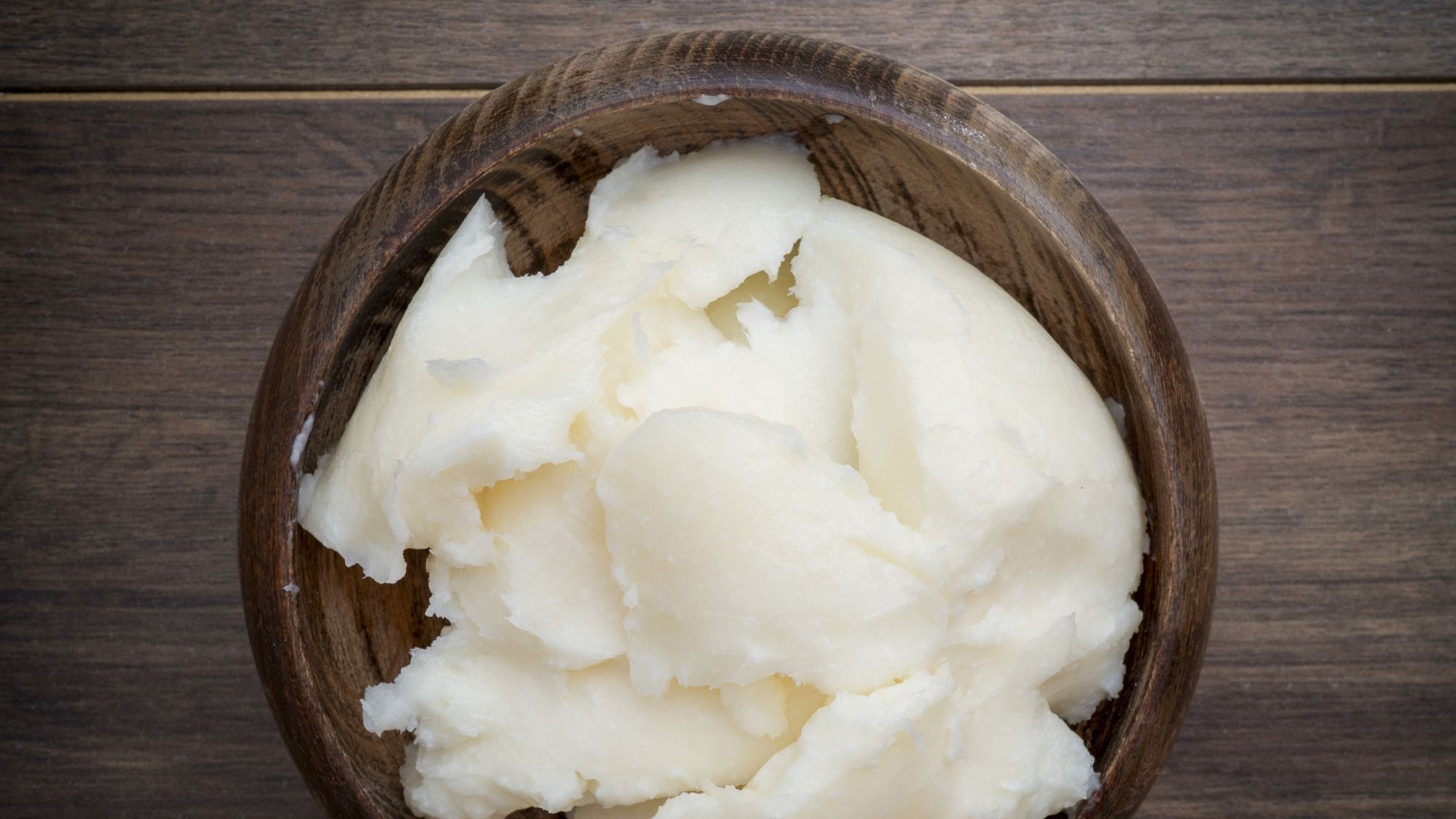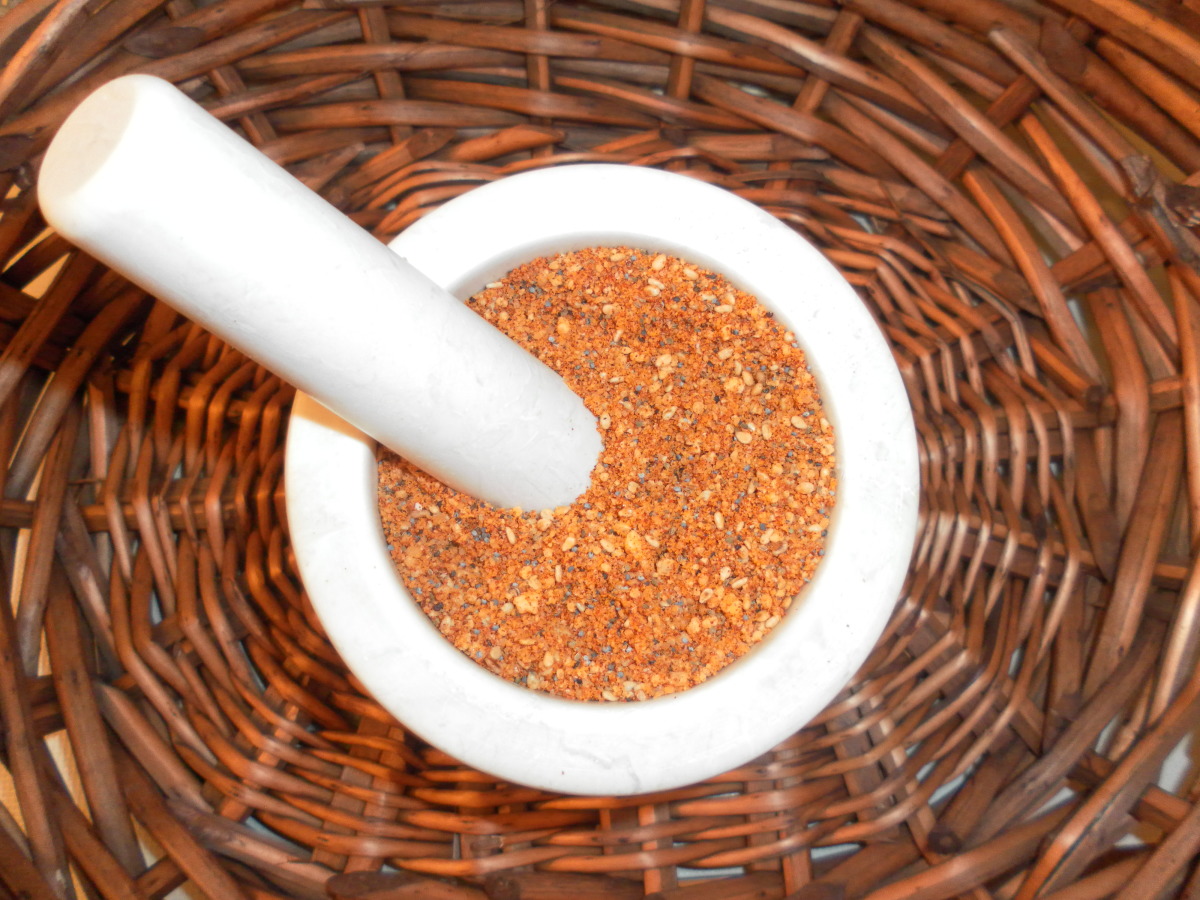Unraveling the Mystery: What Is Mayo Made Of?
Mayonnaise, often referred to as mayo, is a popular condiment that is used in a wide variety of dishes. Whether it’s slathered on a sandwich, mixed into a salad, or used as a dipping sauce, mayo adds a creamy and tangy flavor to many foods. But have you ever wondered what mayo is made of? Let’s take a closer look at the ingredients that make up this beloved condiment.
The Basic Ingredients
Mayonnaise is typically made from a few simple ingredients, including:
- Egg yolks: The base of mayo is egg yolks, which provide richness and emulsifying properties.
- Oil: A neutral-flavored oil, such as soybean or canola oil, is used to create the creamy texture of mayo.
- Vinegar or lemon juice: These acidic ingredients provide a tangy flavor and help to stabilize the emulsion.
- Salt: To enhance the overall flavor of the mayo.
The Emulsification Process
The process of making mayo involves emulsifying the oil and egg yolks to create a smooth and creamy texture. This is typically achieved by slowly adding the oil to the egg yolks while whisking vigorously. The addition of vinegar or lemon juice helps to stabilize the emulsion and prevent the mixture from separating.
Possible Additions
While the basic ingredients of mayo remain consistent, there are variations that include additional flavors and ingredients. Some common additions to mayo include:
- Mustard: Adds a hint of spice and depth to the flavor of mayo.
- Sugar: For a touch of sweetness.
- Herbs and spices: Such as garlic, paprika, or dill, to enhance the overall taste.
- Flavorings: Such as chipotle or sriracha, for a unique twist on traditional mayo.
Store-Bought vs. Homemade
While store-bought mayo is convenient and readily available, many people prefer to make their own homemade mayo. This allows for greater control over the ingredients and flavors, and some may find the taste of homemade mayo to be superior to the commercial varieties.
Conclusion
So, what is mayo made of? In its simplest form, mayo is made of egg yolks, oil, vinegar or lemon juice, and salt. However, the addition of other ingredients and flavors can create a wide range of mayo variations to suit different tastes and preferences. Whether store-bought or homemade, mayo continues to be a versatile and beloved condiment in the culinary world.
Next time you reach for a jar of mayo, you’ll have a better understanding of the ingredients that make up this creamy and flavorful condiment.
Was this page helpful?
Read Next: What Is Linguine Positano
